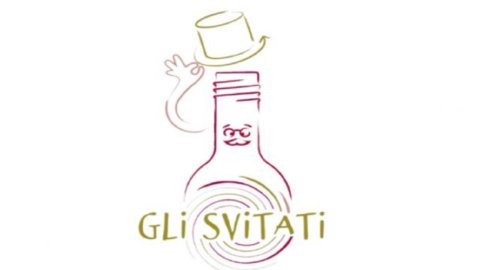It is a small revolution that of the newborn group of Gli Svitati. Franz Haas, Graziano Prà, Jermann, Pojer and Sandri and Walter Massa, five excellent wineries and pioneer of the screw cap in Italy, have come together to tell, all together, their way of "making wine" and, above all, of capping the
bottles, against the prejudices that have often accompanied this type of closure.
"We are five companies who seek precision down to the smallest detail, we choose the vines that best represent us and the best grapes, in the cellar we have everything that can help us produce a very high quality wine. But above all we have available the ideal cap to keep it. That's why we can't not take advantage of it. The accuracy we have always sought today is also a
due act, towards the public and towards the wine” observe the producers.
In the 80s, the revolution had already begun in the United States and New Zealand
The history of the group begins in the 80s when the five wineries began to reflect on the possible use of new types of closure for their bottles. Their gaze had inevitably moved towards the new frontiers of wine, which were making their way in the United States and New Zealand. Years of travelling, tastings, comparisons and crackdowns, each with their own experience, from
Mario Pojer who had thought of "sealing the bottle with glass fusion as if it were a phial so as not to let oxygen pass" to Graziano Prà who had a "revelation" during a trip to Colorado, in Aspen, by tasting a Sauvignon Blanc bottled with a screw cap and sold for $30, the first sign that prejudice was starting to fade.
What brought i cinque Svitati the choice of the screw cap is the goal behind its use: the perfect maintenance of those organoleptic qualities of the wine so sought after and enhanced by the work in the vineyard and in the cellar. Thanks to its features in fact, this type of cap allows constant micro-oxygenation, preserving the wine and allowing for uniformity of quality even in the case of old vintages, in addition to a correct evolution.
The advantages of the screw cap: low permeability to oxygen, preservation of organoleptic qualities, sustainability and respect for the environment
Professor Fulvio Mattivi, researcher of the Edmund Mach Foundation of San Michele all'Adige, spoke next to the group of The Nutters in support of the use of the screw cap reporting the analyzes of the Australian Wine Research Institute which already in 1999 had conducted the first interesting experiments on fourteen different types of wine closures including the screw cap, which has a much lower and variable oxygen permeability depending on the coating used inside the cap. “In bottles with this closure, after many years, the wine showed a still brilliant color and presented ideal organoleptic characteristics. For both red and white wines, in these tastings, the bottles with screw caps were equal to the best bottles with corks.” The screw cap therefore becomes a sign of attention towards those who will pour a glass of it, but also for all the professionals involved in the supply chain. The Svitatis also opt for this choice for its sustainability: the closure is made of aluminum, a material that is also environmentally friendly.
Worldwide, four out of ten bottles are bottled with a screw cap
The global market, especially in the last eight years, is showing increasing attention to this closure of the wine bottle. From the data reported by Stelvin and Guala Closures today four out of ten bottles are bottled with screw caps, with a percentage that in Western Europe,
historically more traditionalist, it went from 29% in 2015 to 34% in 2021 (with 22% in Italy). Here then is that the teamwork of Gli Svitati wants to be the starting point of a new "movement" of wine, a group of producers formed spontaneously to address an audience that is proving to be increasingly aware, but also to producer friends - always more numerous – ready to become just as … “nuts”.





